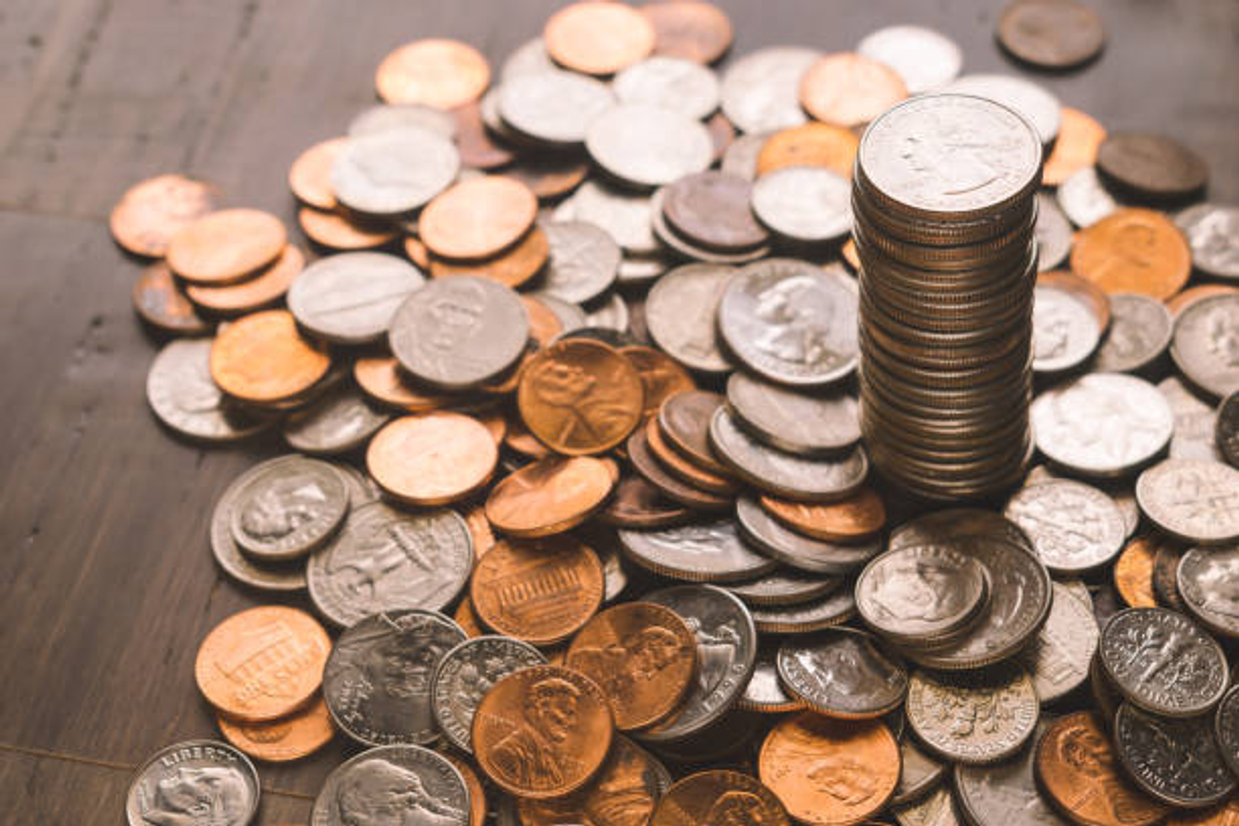All About Mercury Dime: A Timeless Treasure Explained
The Mercury Dime is a small but significant piece of American history. Minted from 1916 to 1945, this coin is loved by many collectors. Its unique design captures the spirit of early 20th century America and remains a sought-after item for coin enthusiasts.
At first glance, the Mercury Dime stands out because of its unique imagery. Designed by Adolph A. Weinman, the coin features a portrait of Liberty with a winged cap, symbolizing freedom of thought. Many people mistakenly believe the image is Mercury, the Roman messenger god, which is how the coin got its popular name. This dime holds stories from both World Wars and the Great Depression, making it a small yet powerful artifact.
Understanding more about the Mercury Dime can help you appreciate its value and legacy. Whether you're new to coin collecting or an experienced hobbyist, learning about this iconic coin can enrich your collection and knowledge. Let’s journey into the fascinating world of the Mercury Dime.
History of the Mercury Dime
The Mercury Dime was first minted in 1916, replacing the Barber Dime. The coin’s designer, Adolph A. Weinman, created a striking image of Liberty wearing a winged cap, meant to symbolize freedom of thought. This design led many to mistakenly believe the coin showed Mercury, the Roman messenger god, giving it its popular name. The reverse side features a fasces, a bundle of rods with an axe, representing strength and unity.
During its production from 1916 to 1945, the Mercury Dime became linked with significant events in American history. It was minted during both World War I and World War II, as well as the Great Depression. These periods saw dramatic changes in America, and the Mercury Dime circulated through it all. The coin was retired in 1946, replaced by the Roosevelt Dime, which honored President Franklin D. Roosevelt.
Recognizing Authentic Mercury Dimes
Identifying genuine Mercury Dimes requires attention to detail. First, check the coin's date, which should range from 1916 to 1945. Inspect the coin’s design features, such as the details in Liberty’s winged cap and the fasces on the reverse side. Authentic Mercury Dimes should show clear, defined lines in these areas.
Common mistakes include misidentifying other dimes as Mercury Dimes due to worn-out features. Be cautious of coins that are overly polished or have unusual wear patterns, as these can indicate a fake. Fake dimes may also be made from incorrect materials, so using a magnet or weight test can help determine authenticity.
If you are unsure, it’s a good idea to consult a trusted coin dealer or use a reliable online resource for identification. Ensuring you have genuine Mercury Dimes is crucial for building a valuable and authentic collection.
Collecting Tips for Mercury Dimes
Starting a Mercury Dime collection can be fun and rewarding. Here are some tips to help you get started and grow your collection:
1. Start with Common Dates: Begin with Mercury Dimes from the 1940s, which are more common and easier to find. As you get more experienced, you can look for the rarer dates.
2. Know the Key Dates: Specific years like 1916, especially with the "D" mintmark (Denver), are rarer and more valuable. Other key dates include 1921 and 1921-D.
3. Check the Mint Marks: Look on the reverse side of the dime, to the left of the fasces, for mint marks "D" (Denver) or "S" (San Francisco). Some mint marks are more valuable than others.
Understanding Grades and Condition
1. Grading: Coin grades range from "Good" to "Mint State." The better the condition, the higher the grade. Coins with no wear and clear details are considered high-grade.
2. Condition Matters: Collectors look closely at the coin's condition. Even a small scratch can reduce the value. Be sure to handle your coins carefully and store them properly.
3. Professional Grading Services: If uncertain about a coin's grade, you can have it assessed by a professional grading service. This will ensure you know the true value of your coin.
Where to Buy and Sell Mercury Dimes
Finding the right place to buy or sell Mercury Dimes is crucial. Here are some trusted sources:
1. Reputable Coin Dealers: Look for dealers with good reviews and a long-standing reputation. They often have the expertise to help you find genuine, high-quality coins.
2. Online Auctions: Sites like Heritage Auctions and GreatCollections are excellent for finding rare Mercury Dimes. Ensure you check the seller's ratings and reviews before making a purchase.
3. Coin Shows and Local Events: Visit coin shows and local collecting events to find both buyers and sellers. These events are great for networking with other collectors and dealers.
Tips for Selling and Getting the Best Value
1. Know the Market Value: Research recent prices for Mercury Dimes similar to yours. This helps you set a fair price.
2. Sell to Reputable Buyers: Like when buying, ensure you sell to reputable dealers or collectors. Check their reviews or ask for references.
3. Proper Presentation: Coins presented well, with clear photos and accurate descriptions, tend to sell for higher prices. Make your dimes look their best to attract buyers.
Conclusion
The Mercury Dime is a treasured gem in any coin collection. Knowing its history, recognizing authentic coins, applying smart collecting tips, and choosing the right places to buy and sell will enrich your collecting experience. Whether you're new or experienced, these strategies will help you build a valuable and meaningful collection.
Ready to add Mercury Dimes to your collection? Visit US State Quarters and start discovering these timeless treasures today! Happy collecting!
Mar 17th 2025
Recent Posts
-
Why the American Samoa ATB Quarter Is in High Demand
The American Samoa quarter demand has stayed strong since its release, and for good reason. This coi
-
Design Spotlight: The 2005 Minnesota Bristlecone Pine Quarter
The 2005 Minnesota quarter design has become a favorite for many collectors. It is part of the 50 St



